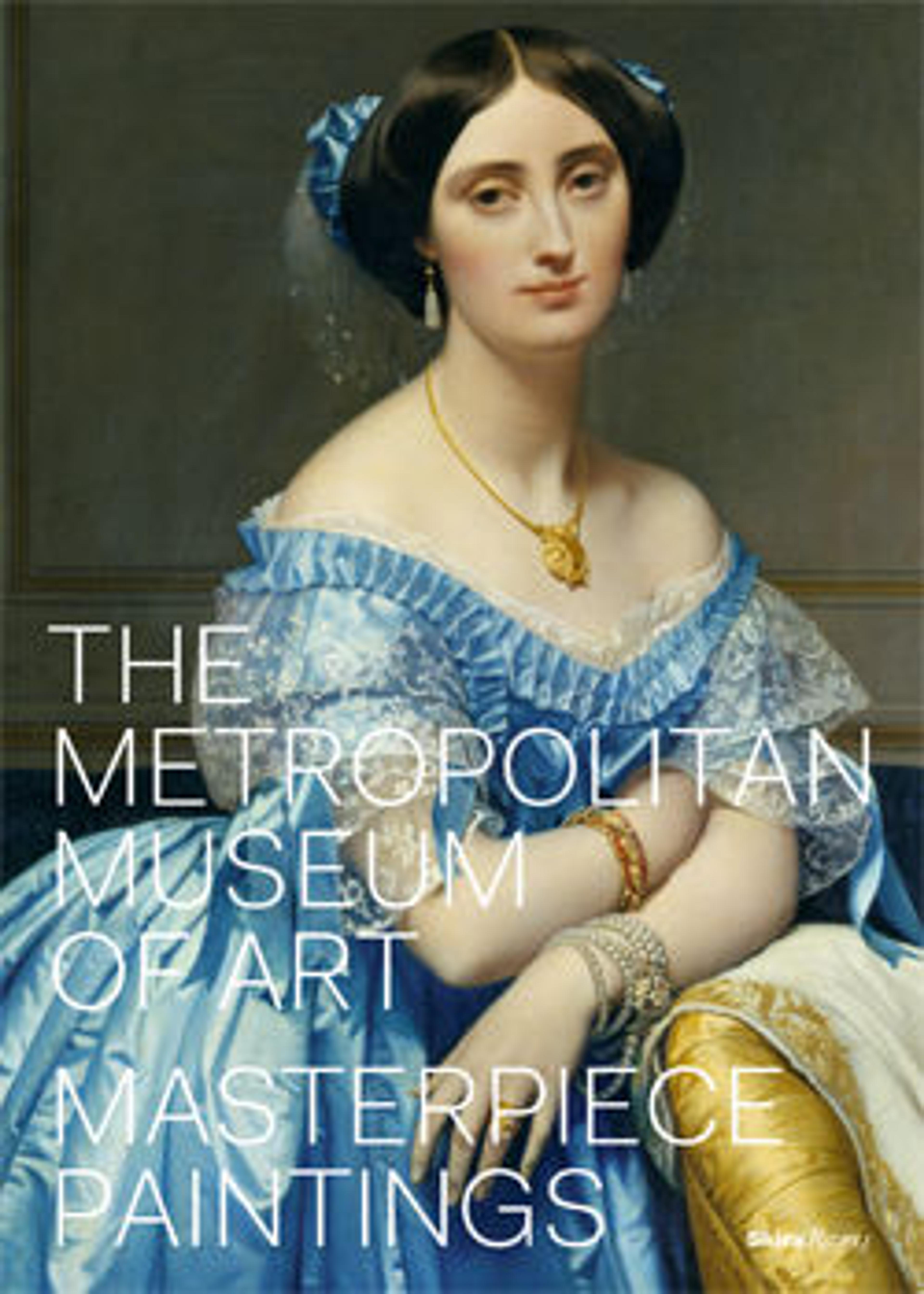Paradise
Together with a scene of the Creation and Expulsion from Paradise, also in The Met (Robert Lehman Collection), this picture formed the base (predella) of an altarpiece formerly in the church of San Domenico, Siena (Galleria degli Uffizi, Florence). Painted in 1445, the two paintings rank among the finest works by the artist. Groups of saints and angels embrace in a rich, tapestry-like garden of Paradise. Giovanni di Paolo was much inspired by paintings he saw in Florence by Fra Angelico, but he rejected the perspectival rationalism of Florentine art in favor of a visionary effect of exquisite intensity. For more information about this painting, including a reconstruction of the altarpiece, visit metmuseum.org.
Artwork Details
- Title: Paradise
- Artist: Giovanni di Paolo (Giovanni di Paolo di Grazia) (Italian, Siena 1398–1482 Siena)
- Date: 1445
- Medium: Tempera and gold on canvas, transferred from wood
- Dimensions: 18 7/16 × 16 1/16 in. (46.8 × 40.8 cm); painted surface 17 1/2 x 15 1/8 in. (44.5 x 38.4 cm)
- Classification: Paintings
- Credit Line: Rogers Fund, 1906
- Object Number: 06.1046
- Curatorial Department: European Paintings
More Artwork
Research Resources
The Met provides unparalleled resources for research and welcomes an international community of students and scholars. The Met's Open Access API is where creators and researchers can connect to the The Met collection. Open Access data and public domain images are available for unrestricted commercial and noncommercial use without permission or fee.
To request images under copyright and other restrictions, please use this Image Request form.
Feedback
We continue to research and examine historical and cultural context for objects in The Met collection. If you have comments or questions about this object record, please contact us using the form below. The Museum looks forward to receiving your comments.
